The time for reducing swelling after liposuction is usually 2-4 weeks, and the specific time varies depending on individual physical condition, surgical site, and postoperative care. The process of reducing swelling can be divided into three stages: 1-3 days after surgery is the acute swelling phase, 4-10 days is the rapid swelling phase, and 10 days later it enters the slow swelling phase. Wearing shapewear, maintaining appropriate activity, and having a light diet after surgery can help accelerate swelling reduction.
1. Personal constitution affects the speed of swelling reduction. People with fast metabolism and good lymphatic circulation have faster swelling reduction. Young people recover faster than the elderly, while women have slower swelling reduction than men. Smoking habits or chronic disease patients may prolong the time for swelling reduction. Drinking plenty of water, supplementing with vitamin C and protein after surgery can help promote metabolism and accelerate swelling reduction.
2. The surgical site determines the time for reducing swelling. The areas with abundant blood vessels such as the face and neck experience rapid swelling reduction, which takes about 1-2 weeks. Large areas such as the abdomen and thighs require 2-4 weeks. Areas with poor blood circulation such as the buttocks and back may require more than 4 weeks. Postoperative massage and hot compress can promote local blood circulation, but should be performed under the guidance of a doctor.
3. The quality of postoperative care directly affects the speed of swelling reduction. Wearing shapewear can reduce tissue fluid leakage and promote skin adhesion. It is recommended to wear it for at least 4-6 weeks. Maintaining moderate activity and avoiding prolonged sitting and standing are beneficial for lymphatic reflux. Diet should be light, avoiding high salt and high-fat foods to reduce edema. Regular check ups and use anti-inflammatory drugs according to medical advice.
4. Complications may prolong the time for swelling reduction. Complications such as hematoma and infection can worsen swelling and require timely medical treatment. Mild pain and bruising in the early postoperative period are normal, but if symptoms continue to worsen or fever occurs, immediate medical attention should be sought. Keeping the wound clean and dry after surgery, avoiding vigorous exercise, can reduce the risk of complications. Swelling after liposuction is a normal recovery process and requires patience. Following medical advice for postoperative care and maintaining good lifestyle habits can help shorten the time for swelling reduction. If the swelling persists for too long or is accompanied by abnormal symptoms, timely medical examination should be sought to rule out the possibility of complications. Maintaining a positive attitude and adjusting daily routines appropriately during postoperative recovery is beneficial for comprehensive physical recovery.

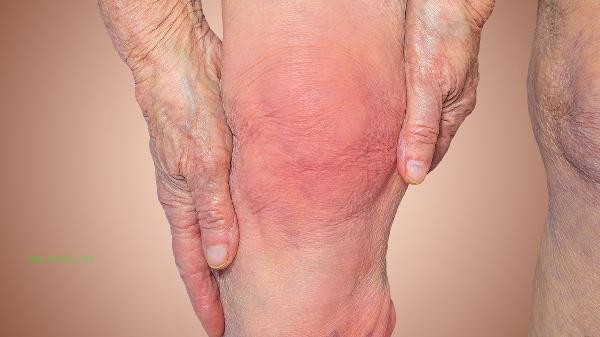
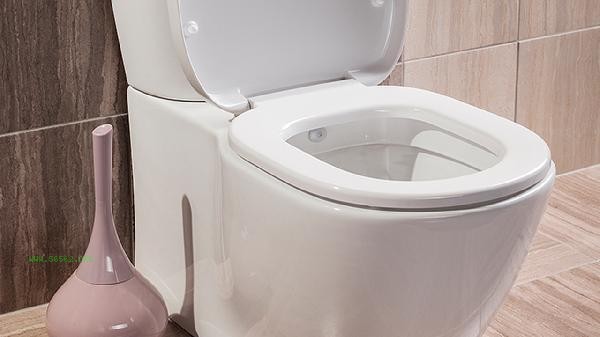
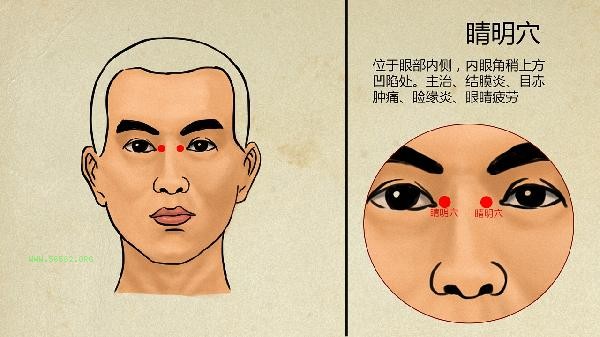
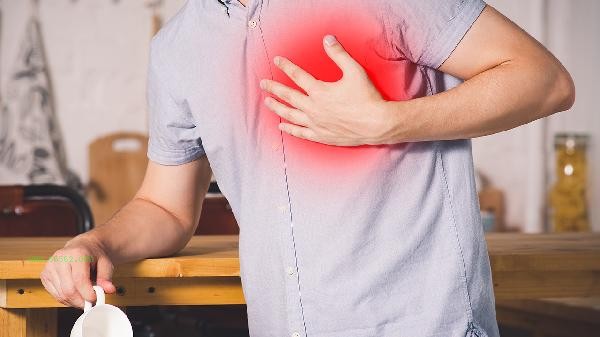
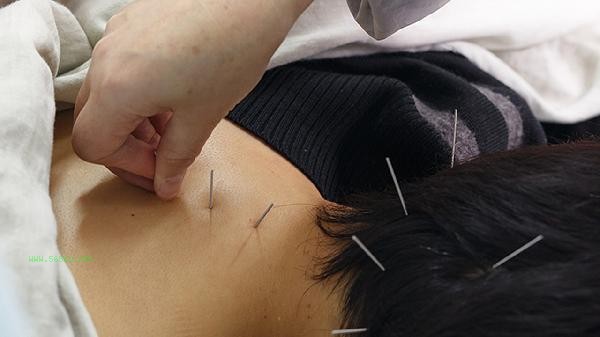


Comments (0)
Leave a Comment
No comments yet
Be the first to share your thoughts!